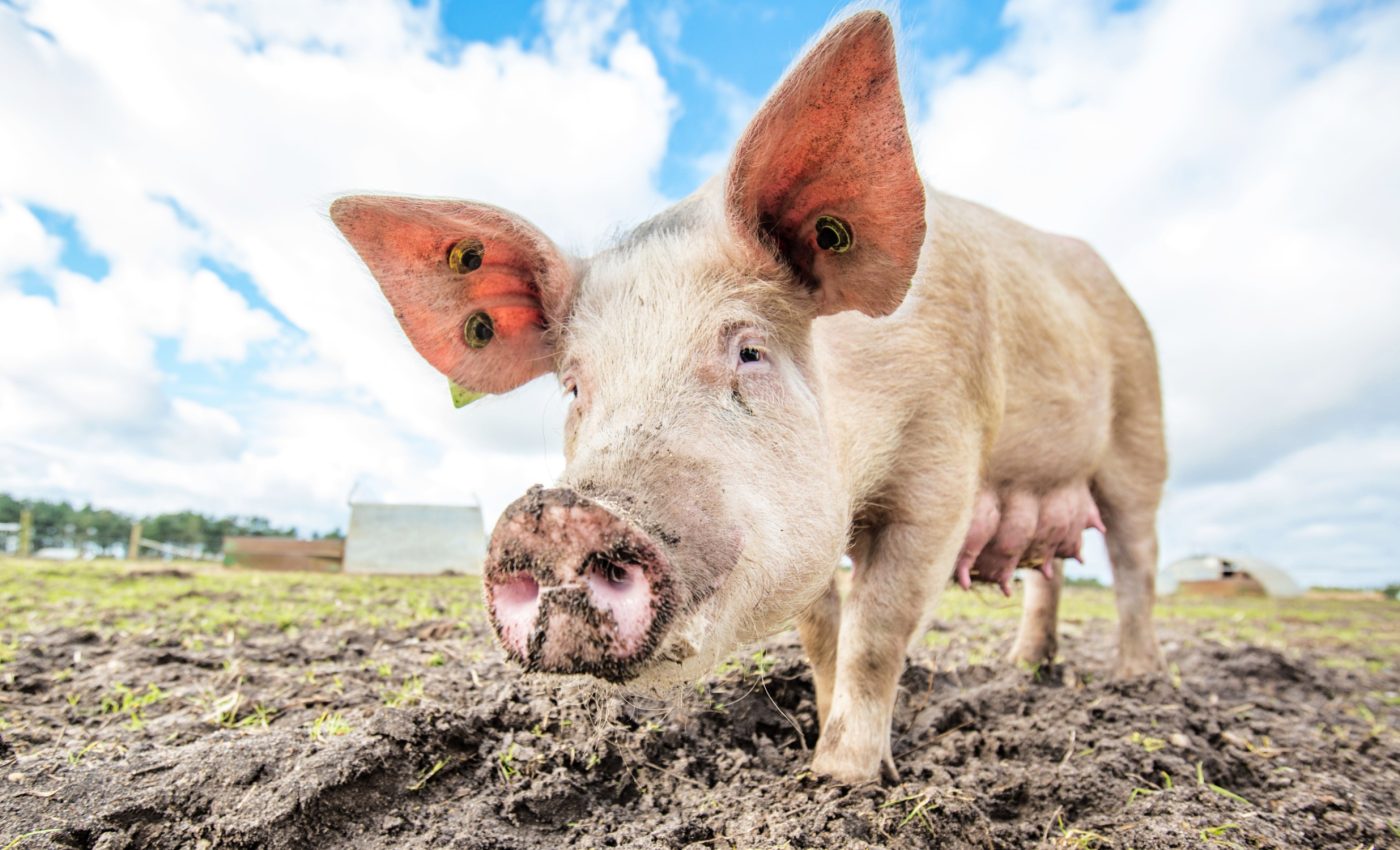
Slow-growth diet for pigs increases longevity and productivity
Adopting methods from the dairy industry, researchers have discovered that a slow-growth diet prior to breeding can result in more offspring and healthier, longer-lived mother pigs.
This innovative approach appears to offer significant benefits for the reproductive health and longevity of pigs through multiple breeding cycles.
Impact of a slow-growth diet
Charles Maxwell is a professor of animal science for the experiment station, the research arm of the University of Arkansas System Division of Agriculture.
Maxwell revealed that the slow-growth diet, inspired by practices used for dairy cows since the 1980s, involves reducing the weight gain of female pigs before breeding.
Traditionally, female breeding pigs were fed similarly to non-breeding pigs, often leading to issues of overweight and associated complications during the breeding phase.
The study carried out by Maxwell and his colleagues introduced two distinct diets for young female pigs.
The first, a low-nutrient diet, reduced the intake of lysine, an essential amino acid, and lowered the diet’s energy density through the inclusion of wheat middlings and dried corn distiller’s grain with solubles.
In contrast, the control group received a standard diet that surpassed typical industry nutritional standards.
The results were telling. Gilts (female pigs pre-breeding) on the low-nutrient diet were allowed to eat as much as they wanted yet ended their 26-week development period about 15 pounds lighter than those on the normal diet. However, at the time of breeding, both groups averaged the same body weight.
Long-term benefits observed
The low-nutrient diet not only prevented excessive weight gain but also supported better nutritional absorption during lactation.
“The gilts fed a lower nutrient diet retained more backfat at weaning, suggesting they managed their reserves more efficiently than those on a normal diet,” explained Maxwell.
Monitoring backfat at the 10th rib provided a simple method to gauge body fat changes, a critical factor in swine health.
Moreover, the low-nutrient group boasted superior reproductive outcomes over four breeding cycles, with significant increases in the number of piglets born and weaned.
“Feeding low-energy and reduced protein diets during gilt development can promote their ability to restore body condition during lactation, which boosted survivability throughout the four parity cycles and thus extended their longevity,” Maxwell noted.
Advantages of a slow-growth diet in pigs
The implications of these findings are vast, particularly for regions like Arkansas, where swine production is a major industry.
The state has developed a robust “sow farm concept,” producing high-health replacement females to supply the broader swine industry.
The study, which explored the benefits of a slow-growth diet in collaboration with major industry players like JBS and supported by institutions like the U.S. Department of Agriculture, indicates a potential shift towards more sustainable and efficient breeding practices.
This could revolutionize standard practices and enhance the economic viability of swine production.
Moving forward in swine research
Despite the success, Maxwell acknowledges that the approach is not foolproof. “We’re not there yet. Even with that treatment, we didn’t have 100% survival. So, we still have a lot of questions to minimize the loss,” he admitted.
The ongoing search for improvements in sow longevity underscores the complex challenges in swine nutrition and reproductive health.
This research is part of a broader mission by the University of Arkansas System Division of Agriculture to connect trusted research with the adoption of best practices in agriculture, aiming to enhance community and family livelihoods through science-driven solutions.
Other benefits of slow-growth diet in pigs
A slow-growth diet in pigs offers several benefits beyond the immediate findings of this research. Such a diet can improve overall animal welfare by reducing the risk of obesity-related health issues, which are common in pigs fed traditional high-energy diets.
This approach can also enhance the immune system, making pigs less susceptible to diseases and reducing the need for antibiotics.
Moreover, a slow-growth diet can lead to better meat quality. Pigs that grow more slowly tend to have better marbling and meat texture, which can result in higher market value.
Environmental benefits also arise, as pigs on this diet produce less waste and require fewer resources, contributing to more sustainable farming practices.
Additionally, implementing slow-growth diets can lead to cost savings for farmers by reducing feed costs and improving the efficiency of feed conversion.
Overall, this approach supports healthier pigs, better product quality, and more sustainable and cost-effective farming operations.
—–
Like what you read? Subscribe to our newsletter for engaging articles, exclusive content, and the latest updates.
Check us out on EarthSnap, a free app brought to you by Eric Ralls and Earth.com.
—–













